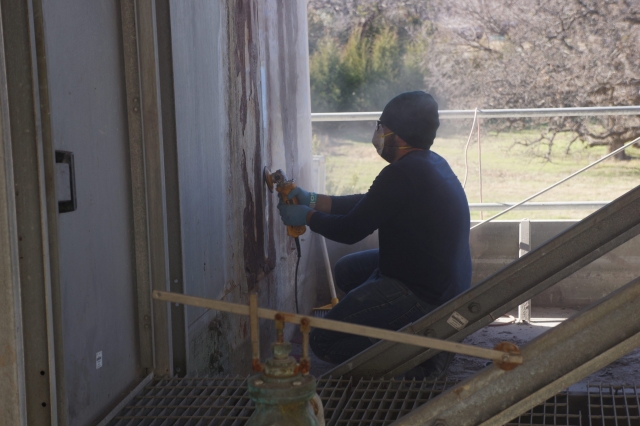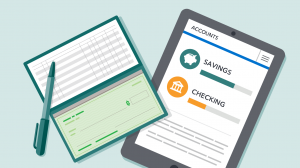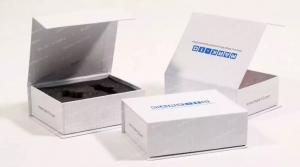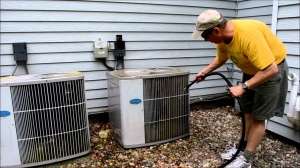A drain pan is a crucial component in various systems, including HVAC units, water heaters, and industrial machinery. Over time, exposure to moisture and other corrosive elements can lead to leaks and deterioration. Addressing these issues promptly can save you from costly repairs and prevent potential damage. Here's a guide on how to repair and protect your drain pan effectively.
Identify the Problem Early
The first step in maintaining your drain pan is to identify any signs of wear and tear. Common issues include rust, corrosion, and leaks. Regular inspections are essential. If you notice water stains around the pan or find water pooling, it's a clear indicator of a leaking drain pan. Early detection helps in preventing further damage and minimizes repair costs.
Repairing a Leaking Drain Pan
When dealing with a leaking pan, it's crucial to address the issue quickly. Start by draining any water from the pan and cleaning the area thoroughly. Remove any rust or corrosion using a wire brush or sandpaper. Once the surface is clean, apply a suitable primer to prepare it for sealing.
For small leaks, a sealant or patching compound may suffice. Choose a product designed for metal surfaces and follow the manufacturer's instructions. For more severe leaks or corrosion, you might need to replace the pan entirely or seek professional help. Vertical surface repair methods can also be used if the pan is installed in a vertical orientation, ensuring that the patch adheres properly and provides a durable fix.
Protecting Your Drain Pan from Future Damage
Prevention is key to extending the lifespan of your drain pan. To protect against future damage, consider applying a protective coating. This coating acts as a barrier against moisture and corrosion. Make sure the pan is completely dry before applying any coating to ensure proper adhesion.
Regular maintenance is also essential. Check for signs of rust or corrosion and address them promptly. Ensure that the drain pan is properly aligned and supported to prevent stress and deformation. Using a drain pan cover can also help shield it from debris and excessive moisture.
Proper Installation and Maintenance
Proper installation plays a significant role in the longevity of your drain pan. Ensure that the pan is installed correctly, with adequate support and alignment. This reduces the risk of leaks and extends its lifespan. During installation, verify that all connections are secure and that the pan is properly sealed.
Regular maintenance checks can help catch issues early. Inspect the pan for signs of wear and tear, and clean it regularly to prevent the buildup of debris and corrosion. Addressing minor issues before they become major problems will help keep your drain pan in good condition.
Conclusion
In summary, maintaining and repairing your drain pan involves early detection of leaks, effective repair methods, and preventive measures to protect against future damage. By keeping an eye out for signs of trouble and addressing them promptly, you can extend the lifespan of your drain pan and avoid costly repairs.
For more specific advice on leaking drain pan issues and vertical surface repair, consult with a professional who can provide tailored solutions based on your unique needs.






